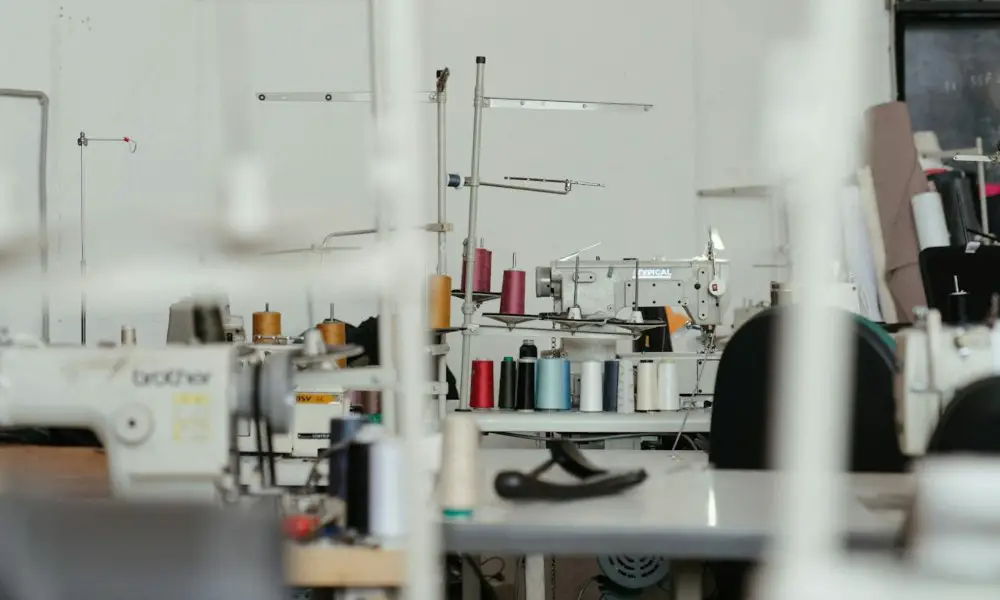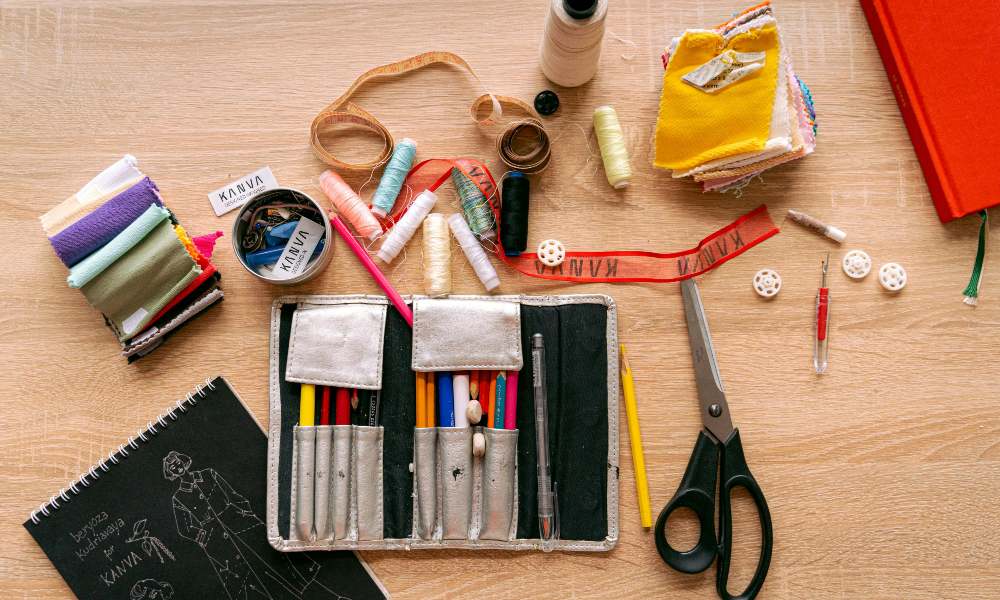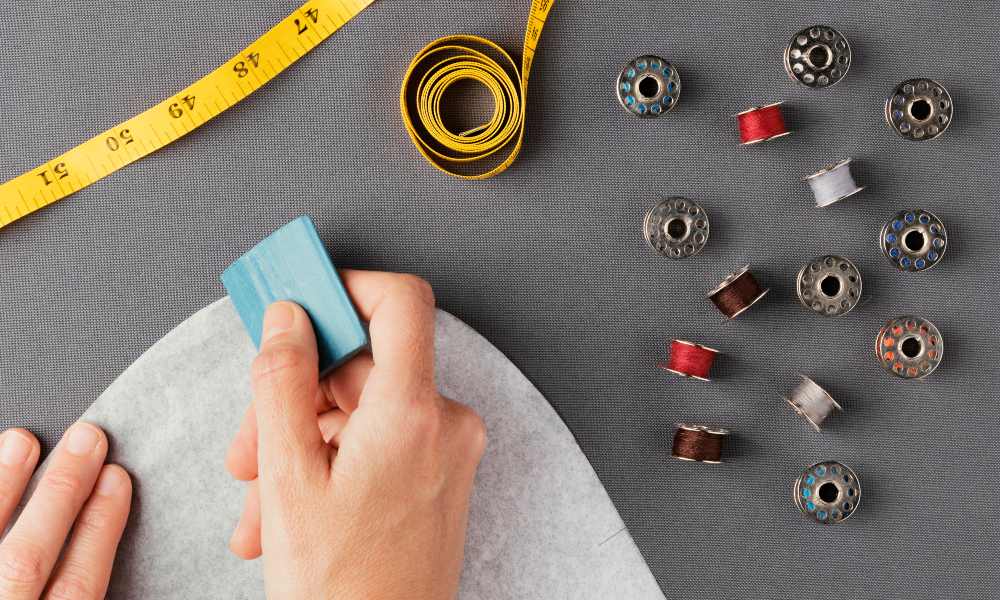Have you ever been happily sewing along, only to have your thread suddenly snap? Few things are as frustrating as dealing with thread breaks while trying to complete a sewing project. But don’t worry – with some troubleshooting and preventative care, you can get to the bottom of the issue.
Thread breaks most often come down to just a handful of common causes. Read on to learn why your sewing machine thread might keep breaking and what you can do about it.
Common Causes of Thread Breakage
Before you can solve an issue, it helps to understand why it’s occurring in the first place. Here are the most common culprits behind broken sewing thread.
Incorrect Thread Tension
Improper thread tension is one of the top reasons thread snaps while sewing. Tension refers to the balance between the top thread and the bobbin thread. When the tension is off, the threads get pulled unevenly. This places strain on the thread which eventually causes it to break.
Faulty Needles
Over time, needles can become bent, dull, or develop burrs. These defects grab and shred thread as it passes through the needle eye. Replacing damaged needles is essential for preventing thread breaks.
Poor Quality Thread

Cheap or low-quality thread is more prone to tangling, fraying, and breakage. Investing in better threads made of natural fibers like cotton or silk can go a long way toward preventing snaps.
Lint Buildup and Debris
Lint and dust particles are surprisingly abrasive. When these get caught in the thread path, they saw away at thread creating weak points that give way easily. Regular cleaning keeps your machine running smoothly.
Misaligned Components
If any part of the thread path is even slightly misaligned, it puts strain on the thread. This includes the needle, tension discs, thread guides, take-up lever and more. Proper alignment is key.
Troubleshooting Thread Breaks
When you notice excessive thread breaks, use the tips below to identify and address the underlying problem:
Check the Thread Tension
Adjusting the tension can fix many thread break issues. Consult your manual for the proper tension setting. If unsure, set tension back to the machine default and adjust from there.
Inspect and Replace Needles

Examine needles closely for anydamage and replace at the first sign of wear. Use the appropriate size needle for your thread and fabric type.
Use High-Quality Thread
Try a high-quality thread made of natural fibers like cotton, silk or polyester. Make sure it is appropriate for your project – some threads are meant specifically for hand or machine sewing.
Clean Lint and Debris
Remove lint from the bobbin area, tension discs, feed dogs and everywhere thread passes through. A soft brush and vacuum nozzle help clean hard-to-reach areas.
Adjust Component Alignment
All thread guides, tension discs, take-up lever and the needle itself must be positioned properly to prevent undue strain. Consult a repair manual if unsure.
Preventing Future Thread Breaks
Once you’ve solved an immediate thread breaking issue, be proactive to stop more in the future:
Maintain Proper Tension
Set tension to the machine’s default standard. Adjust only when needed for specialty threads or fabrics. Mark your tension dials for quick reference.
Change Needles Regularly
Needles naturally wear down from repeated use. Change needles often to keep them perfectly sharp. Many pros change needles after every 4-6 hours of sewing time.
Choose the Right Thread

Match thread weight and fiber material to your project needs. Using the wrong threads leads to tangling, fraying and breakage down the line.
Keep Your Machine Clean
Remove collected lint around moving parts. Clean the bobbin area before winding each new bobbin. A drop of sewing machine oil helps components run smoothly.
Have Regular Tune-Ups
Take your machine to an authorized repair shop yearly for adjustment and alignment of all thread components. This prevents tiny issues from becoming big headaches later.
Ask An Expert if Issues Persist
If thread keeps breaking after troubleshooting, seek advice from the manufacturer or an experienced sewing machine technician to inspect your setup for problems.
FAQs: Why Sewing Machine Thread Keeps Breaking
What is the most common cause of thread breaks?
Incorrect thread tension is the #1 cause of thread breaks. When tension between the top and bobbin threads is imbalanced, it strains the threads.
Do cheap threads cause more breaks?
Yes. Low-quality threads are more prone to tangling, fraying, and breakage. Invest in quality thread made of natural fibers like cotton or silk.
Can a bent needle break thread?
Absolutely. Bent, blunt, and burred sewing needles grab and shred thread as it passes through the needle eye. Replace damaged needles immediately.
How can lint cause thread breaks?
Lint and dust particles are surprisingly abrasive. When caught in the thread path, they create weak points in thread that snap easily under strain.
Should thread tension be tight or loose?
Thread tension should be balanced, not too tight or loose. Consult your manual for the proper tension setting. When in doubt, reset tension to the default.
How often should you replace a needle?
Many pros replace needles after every 4-6 hours of sewing time. Needles naturally wear down with repeated use. Changing them frequently keeps them sharp.
Can misaligned components cause thread issues?
Yes. If any part of the thread path is misaligned, from the needle to thread guides, it adds strain to thread as it passes through.
Still having trouble with breaking thread? Don’t give up. With some diligent troubleshooting and preventative care, you can stop excess thread breaks for smooth, frustration-free sewing.
Conclusion and Final Tips
With some diligent inspection and care, you should be able to stop excess thread breaks for smoother, uninterrupted sewing. But if problems do crop up now and then despite your best efforts, try these final tricks:
- Hold thread tails when starting stitches to ease thread into the path
- Allow extra top and bobbin thread to hang freely from stitches
- Use quality thread nets and guards to prevent tangles
- Slow your sewing speed until thread stops breaking
By identifying and addressing the root causes, most thread break frustrations can be cured. Just stay patient, take preventative measures, and seek help when needed. Happy sewing!
Have any other thread breaking tips? Let me know in the comments below!
***
Main image: Pexels




